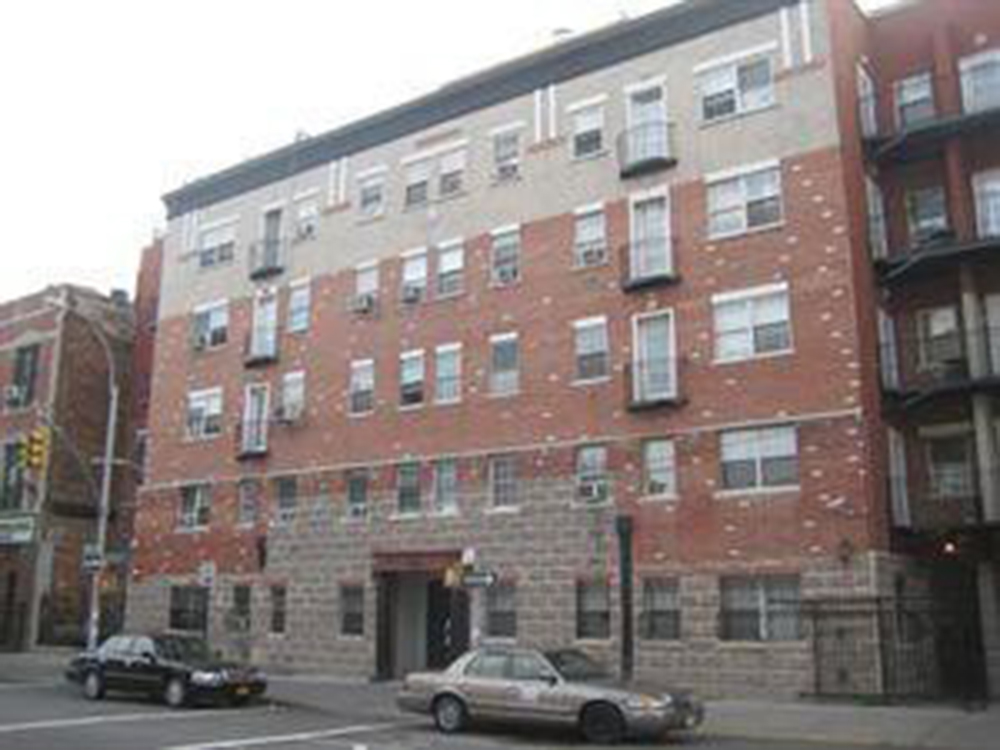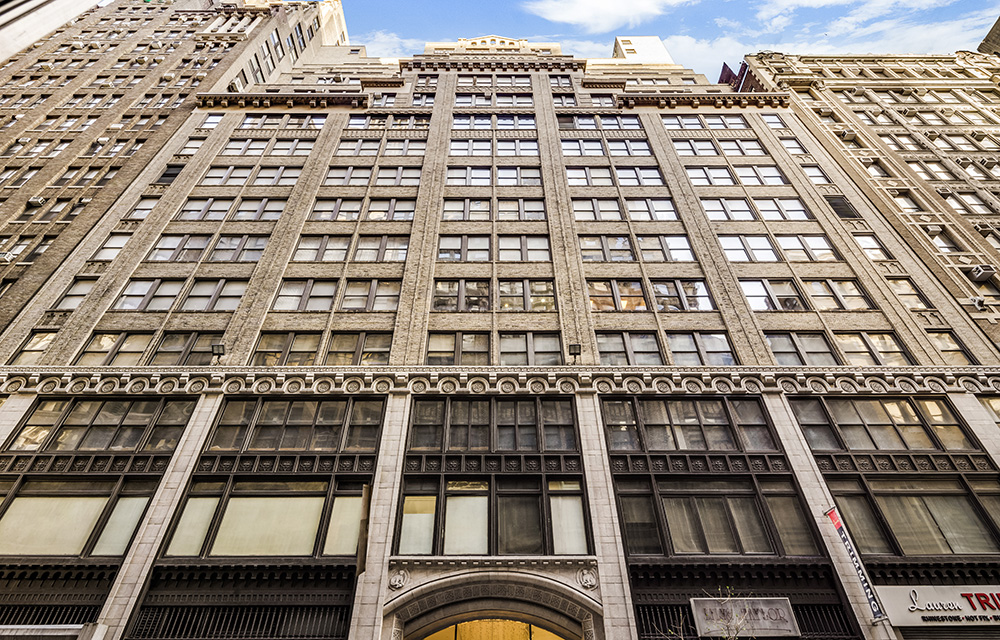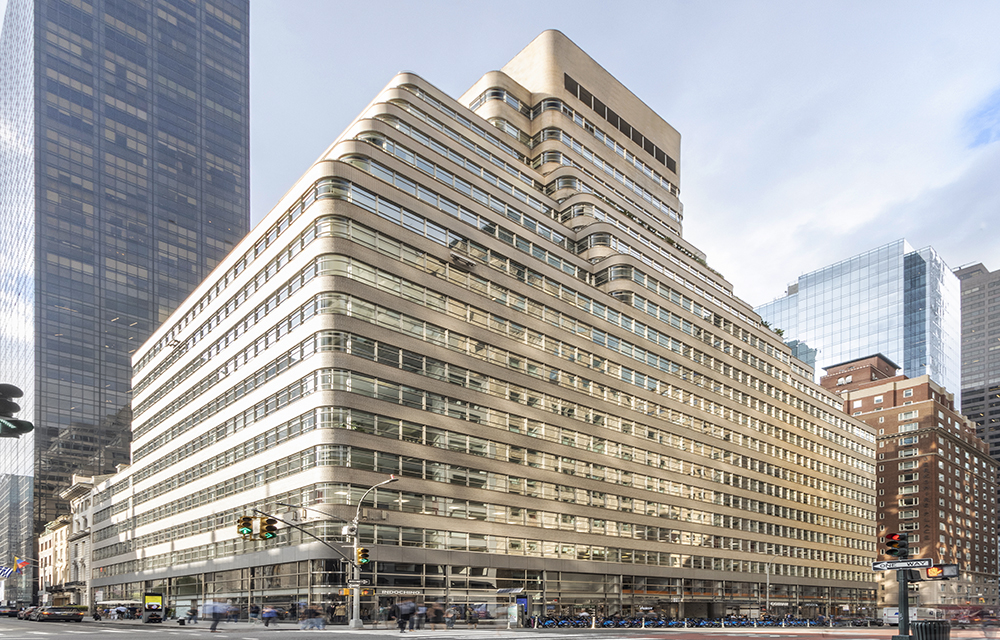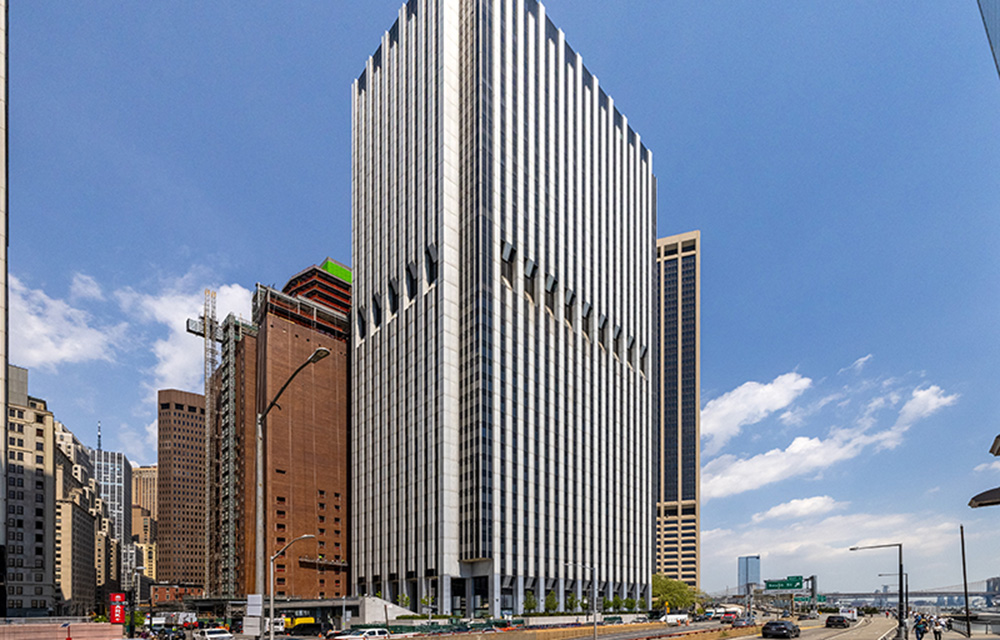NYSERDA to provide $1.9 million to six projects advancing low carbon solutions

New York, NY The New York State Energy Research and Development Authority (NYSERDA) is providing $1.9 million for six projects selected to participate under the first round of the Low Carbon Pathways for Multifamily Buildings program for market-rate or affordable multifamily buildings. Located at co-ops, condos, and rental buildings, awarded projects will advance upgrades to the building envelope, ventilation, space heating and cooling, or domestic hot water systems to reduce climate change causing emissions and improve energy efficiency. This movement supports the State’s Climate Leadership and Community Protection Act goal to reduce greenhouse gas emissions 85% by 2050 and governor Hochul’s goal to develop two million climate friendly homes by 2030.
The $7.8 million Low Carbon Pathways for Multifamily Buildings program is an open enrollment opportunity administered by NYSERDA. The program provides financial incentives to implement one or more low-carbon building improvement packages, including:
• Building envelope improvements to lower energy use.
• Ventilation upgrades to improve indoor air quality.
• Electrification of space and water heating with efficient heat pump systems to reduce energy and fossil fuel usage.
Awarded projects include:
Finger Lakes
• 733 Portland Ave. - 33-unit apartment building located in Rochester.
• School House Manor (1 North Pearl St.) - 35-unit apartment building located in Oakfield.
New York City
• The Bedford Place Condominium (1240 Bedford Ave.) - 43-unit post-1980 low-rise condo located in Brooklyn.
• The International Tailoring Company Building - 173-unit prewar high-rise co-op located in Manhattan.
Western New York
• Morris Manor (35 East Morris Ave.) - five-building apartment complex located in Buffalo.
• Highland Glen (7008 Erie Rd.) - 11-building, 121-unit apartment complex located in Derby, a New York State designated disadvantaged community.
The awarded projects will integrate upgrades into existing capital improvement lifecycles, providing a model that can be replicated in multifamily buildings across New York State. Additionally, successful projects, regardless of location, will serve as case studies with a dedicated focus on how to better support disadvantaged communities to help meet the State’s Climate Act goals. NYSERDA evaluated projects on criteria such as energy savings and cost as well as ease of implementation, solution performance and maintenance needs, resident receptivity, and local law compliance. Several of the projects announced had received funding towards an energy study to help plan for these low carbon improvements through NYSERDA, prior to securing implementation funding.
Doreen Harris, president and CEO, NYSERDA said, “NYSERDA is pleased to provide support for building owners to identify and cost effectively tackle lowering greenhouse emissions from buildings, which are a leading contributor to climate change and one of the hardest areas to address. Integrating improvements into the already planned lifecycle of the property can accelerate emissions reductions for these projects and can be replicated across the state to create healthier living spaces for New Yorkers.”
Zachary Steinberg, senior vice president, REBNY said, “By implementing renovations to significantly reduce carbon emissions, New York multifamily building owners will achieve significant energy savings and better support the fight against climate change. The Low-Carbon Pathways Program is an important tool that helps owners begin the process to retrofit their buildings. We applaud all the owners who have submitted projects and NYSERDA for its management of this important program.”
Margy Brown, executive director, Urban Homesteading Assistance Board (UHAB) said, “Most low-income families, including those in affordable housing co-ops UHAB serves, live in old buildings with a history of deferred maintenance and high energy burdens. To mitigate disproportionate barriers to electrification, the community needs accessible funding for capital repairs and decarbonization projects. The Low Carbon Pathways program supports decarbonization methods by offering additional incentives for clean heat readiness, specifically envelope work and clean heat equipment. This makes electrification projects feasible in affordable housing by lowering project costs and incentivizing work that reduces overall energy usage and lowers utility bills.”
Meridian Capital Group arranges 10-year retail lease for Mess at 236 West 10th St.


Lasting effects of eminent domain on commercial development - by Sebastian Jablonski

Behind the post: Why reels, stories, and shorts work for CRE (and how to use them) - by Kimberly Zar Bloorian

AI comes to public relations, but be cautious, experts say - by Harry Zlokower









.jpg)
.gif)
.gif)